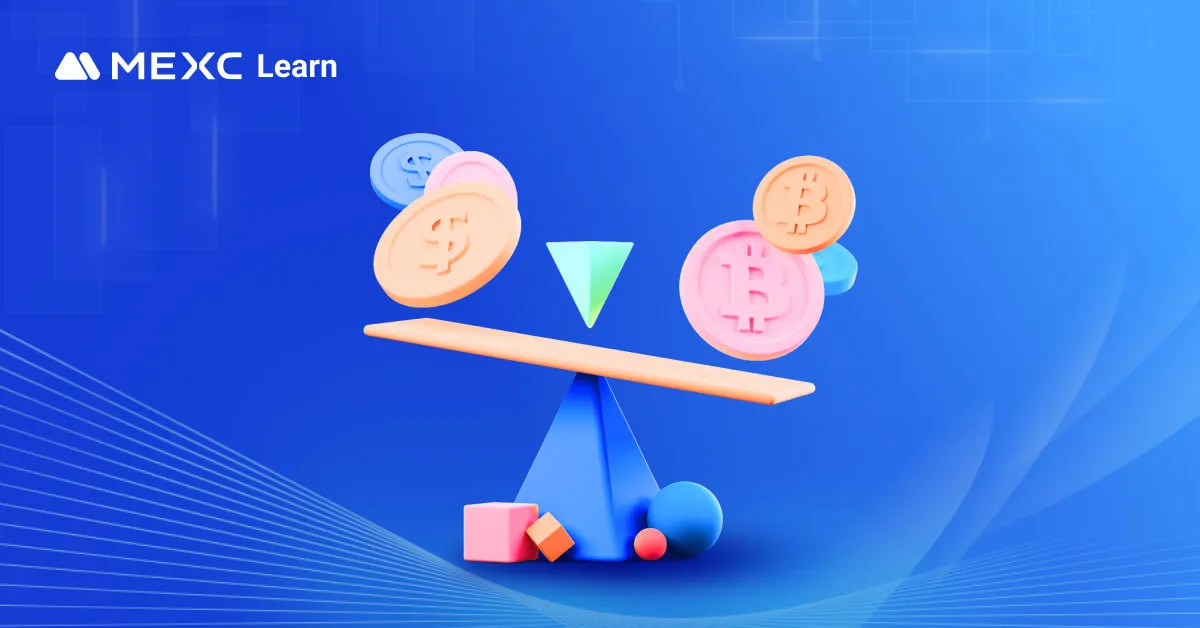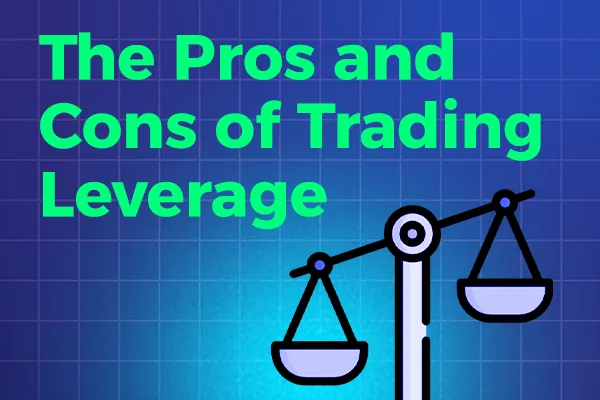What is MEXC?
MEXC, also known as MEXC Global, is one of the leading cryptocurrency exchanges worldwide. It offers a wide range of digital assets, advanced trading tools, and user-friendly features that appeal to both beginners and experienced traders. One of the most attractive features of MEXC is its leverage trading options, commonly referred to as MEXC leverage. This article will dive deep into what MEXC leverage is, how it works, and how traders can benefit from it.
What is Leverage Trading?
Leverage trading, also known as margin trading, allows traders to borrow funds to increase their trading position size. It essentially enables you to trade with more money than you actually have in your account. This can amplify both your potential profits and your potential losses.
On MEXC, leverage trading is available for various cryptocurrencies, including Bitcoin (BTC), Ethereum (ETH), and many altcoins. The platform provides flexible leverage ratios, making it possible for traders to choose the level of risk they are comfortable with.
For example, if a trader uses 10x leverage, they can control a position worth $10,000 with just $1,000 of their own funds. However, if the market moves against their position, losses can also multiply.
How Does MEXC Leverage Work?

MEXC offers leverage trading through its Futures section. Here’s how it works:
- Choosing a Leverage Ratio: MEXC allows users to choose their preferred leverage ratio, ranging from 1x to as high as 200x on certain assets. The leverage ratio determines how much you can borrow relative to your initial margin.
- Opening a Position: After selecting a leverage ratio, traders can open long (buy) or short (sell) positions based on their market analysis.
- Margin Requirement: The higher the leverage, the lower the margin requirement. For instance, a 100x leverage position requires only 1% of the trade value as margin.
- Liquidation Risk: If the market moves unfavorably and your losses exceed the margin, your position will be liquidated to prevent further losses. MEXC provides tools to help traders manage this risk, including stop-loss and take-profit orders.
Why Choose MEXC Leverage Trading?
There are several reasons why traders opt for MEXC leverage over other platforms:
1. High Leverage Ratios
MEXC offers some of the highest leverage ratios in the crypto market, up to 200x. This allows traders to maximize their potential profits with a relatively small initial investment.
2. Wide Range of Cryptocurrencies
Unlike many exchanges that limit leverage trading to major cryptocurrencies, MEXC supports leverage trading for a wide variety of digital assets, including popular altcoins and newly listed tokens.
3. User-Friendly Interface
MEXC’s trading interface is designed to be intuitive, making it easier for users to navigate the platform and execute trades efficiently. The platform also provides educational resources for beginners to learn about leverage trading.
4. Risk Management Tools
MEXC provides various risk management tools, such as stop-loss and take-profit orders, to help traders protect their capital. These tools are essential for managing the risks associated with leverage trading.
Pros and Cons of MEXC Leverage Trading

Pros:
- High leverage ratios (up to 200x)
- Supports a wide range of cryptocurrencies
- User-friendly platform
- Advanced risk management tools
- Competitive fees
Cons:
- High risk of liquidation
- Requires a good understanding of market trends
- Not suitable for beginners without proper risk management
Tips for Successful Leverage Trading on MEXC
To make the most out of MEXC leverage, consider the following tips:
1. Start with a Low Leverage Ratio
If you’re new to leverage trading, start with a low leverage ratio to minimize risk. As you gain more experience, you can gradually increase your leverage.
2. Use Risk Management Tools
Always use stop-loss and take-profit orders to manage your risk. These tools can help you lock in profits and limit losses.
3. Stay Updated with Market Trends
Leverage trading requires a good understanding of market trends and news. Stay updated with the latest crypto news to make informed trading decisions.
4. Avoid Emotional Trading
Emotional trading can lead to impulsive decisions and significant losses. Stick to your trading plan and avoid making decisions based on fear or greed.
Common Mistakes to Avoid in MEXC Leverage Trading

1. Using High Leverage Without Experience
High leverage ratios can be tempting, but they also carry a higher risk. Beginners should avoid using high leverage until they have a solid understanding of the market.
2. Ignoring Risk Management
Failing to use risk management tools can lead to significant losses. Always set stop-loss orders to protect your capital.
3. Overtrading
Overtrading can lead to burnout and increased risk of losses. It’s important to stick to a trading plan and avoid impulsive trades.
How to Get Started with MEXC Leverage Trading
Here’s a step-by-step guide to start leverage trading on MEXC:
- Create an Account: Sign up for an account on MEXC Global.
- Verify Your Identity: Complete the KYC verification process to unlock all features.
- Deposit Funds: Deposit your preferred cryptocurrency or fiat currency into your account.
- Navigate to Futures: Go to the Futures section to access leverage trading.
- Choose a Leverage Ratio: Select your desired leverage ratio and open a position.
- Manage Your Position: Use risk management tools to monitor and manage your position.
Conclusion
MEXC leverage trading offers a powerful way for traders to maximize their profits in the volatile cryptocurrency market. With high leverage ratios, a wide range of supported cryptocurrencies, and advanced risk management tools, MEXC is an excellent platform for leverage trading. However, it’s essential to understand the risks involved and use proper risk management strategies to succeed.
By following the tips and guidelines provided in this article, you can make the most out of MEXC leverage and take your crypto trading to the next level. Always remember to trade responsibly and continuously improve your trading skills.
